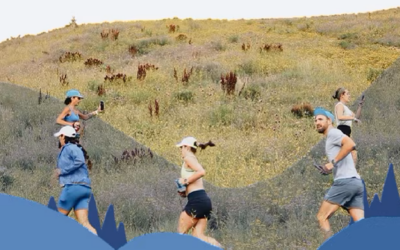Biomechanics are as unique and varied as fingerprints. We all have our own quirks and patterns, and no two runners are exactly alike. It’s important to find a shoe that will accommodate your individual needs. And while no two runners are the same, many runners will share certain traits in common. One of those traits is called supination.
What is supination?
Supination is a pattern in the gait cycle some runners encounter during their stride. For folks who supinate, the feet lean outward, away from each other. This can lead to excess pressure along the lateral edges of the feet and can sometimes result in lateral strain on the knees as well.
What can be done about supination?
With supination, it’s important to provide a very balanced platform for the foot. Because of this, Neutral shoes tend to be the most appropriate styles for supinators. Shoes in our Support category (also referred to as “Stability” shoes) are designed to protect the feet and the knees from the effects of overpronation, which means Support shoes will target the medial sides of the feet with extra structure. For some runners who supinate, this extra support can exacerbate their supination and cause the shoes to wear out prematurely or potentially build toward discomfort or injury over time. Neutral shoes greatly reduce this risk.
What shoes are best for runners that supinate?
The best shoes for supination are Neutral shoes. Shoes with a broad base under the foot tend to do a great job as well. Cushion is often helpful to protect the lateral area of the foot from the sustained stress that supination contributes to. Some great options are the Ghost 14 or Dyad 11. For runners who prefer a bit less cushioning, the Launch 8 or Revel 5 will allow for a snappier, more responsive ride, but will maintain that Neutral base under the foot to accommodate supination.
Not sure what shoe is right for you?
Try our Shoe Finder or try a running store to try on a pair of Brooks in person.



